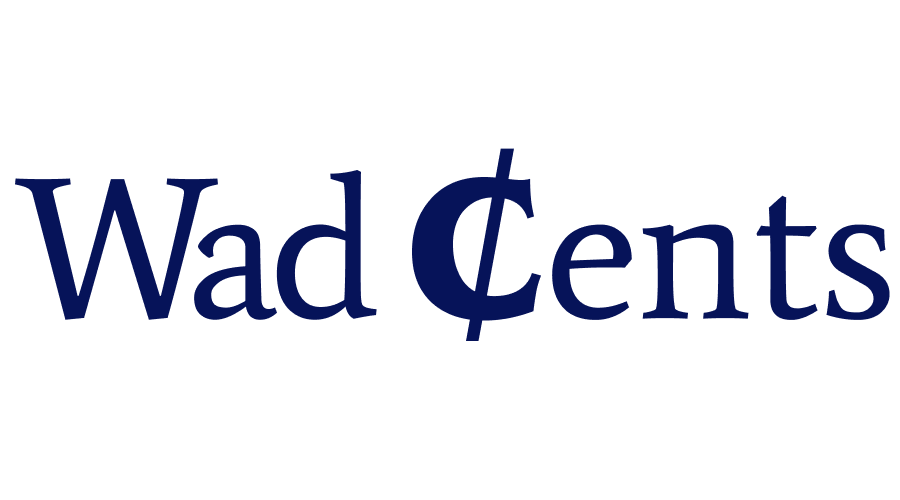When starting a new job, you may become so preoccupied with settling into your new environment that you forget about your old 401(k) plan with your former employer. Depending on how much you have in your 401(k), your employer may take certain actions.
A company can move your 401(k) without your permission if your balance is below $5,000, but it must notify you before moving your money. If your 401(k) balance falls under $5,000 but is more than $1,000, the company can move your money to an IRA of its choice within 60 days of you leaving your job. For balances below $1,000, the company will automatically cash out your 401(k), and you will receive a check with your balance.
Here are a few things to know about your 401(k) while changing jobs.
Can I move my 401k to another company while still employed?
The short answer is –Yes. You may be able to move your 401(k) to another qualified retirement plan while still employed at the same company. This can be done through an in-service rollover, which lets a current employee move some of their 401(k) assets to a traditional or Roth IRA without taking a distribution.
However, not all employers allow in-service rollovers, and those that allow may place certain restrictions such as age and minimum length-of-service requirements before you can initiate a rollover. For example, a company may require 401(k) participants to be over 59 ½ to qualify for the rollover.
Taking advantage of an in-service rollover from a 401(k) to an IRA can have several benefits. Since a 401(k) has limited investment options, rolling over to an IRA can give you access to a wider pool of investment options, including stocks, bonds, annuities, REITs, etc. Also, you can continue contributing to your 401(k) even after you moved your retirement savings to an IRA.
How long can an employer hold your 401k after termination?
If you have been terminated, the duration of time that your employer can hold your 401(k) may vary depending on the specific rules and policies of the plan itself. Generally, there is no set limit provided under ERISA, and different plans may have different timelines for distribution.
Once you leave your job, you can choose to keep your money with your former employer, cash out, or roll over to a qualified retirement plan. However, if your 401(k) balance is less than $5,000, your former employer may force you out of its 401(k) plan.
If your 401(k) balance is more than $5,000, you can leave your 401(k) behind indefinitely. In this case, your former employer cannot force a rollover or cash out without your permission. Instead, they must continue managing your 401(k) money until you decide what to do with the money.
If the 401(k) balance is below $5,000 but more than $1,000, the former employer will have 60 days to roll over the 401(k) money to an IRA of its choice. Keep in mind that you may owe a monthly fee in the new IRA until you decide what to do with the money.
If the balance is below $1,000, your former employer will force a cash out immediately. Your 401(k) account will be automatically cashed out, and you will receive your balance via check.
If my employer changes 401k providers do I have to move my money?
When your employer changes providers, employees won’t likely know beforehand, since nothing changes in how your benefits are managed. The new 401(k) provider assumes administrative roles in the plan and implements a plan conversion.
When plan providers change, you won’t need to roll over your 401(k) balance after the change takes effect, but there are certain steps you should take to ensure that the change was smooth.
Here are some steps you should take:
- Check the last 401(k) statement issued by the former 401(k) provider and the new 401(k) statement issued by the new provider. Check if the balances are accurate.
- Check your asset allocation and investment funds remain the same. Sometimes, 401(k) providers may move some or all workers into their default investments, and you may need to create a new asset allocation.
- Determine if your contribution percentage has changed. If you want to change the contribution percentage, this may be your chance to do so.
- If the employer match has changed, determine how much you need to contribute to get the full match.
- Check if your 401(k) beneficiary designation remains unchanged. Also, if you need to update your list of beneficiaries, you may be allowed to do so.
- Check the new 401(k) provider’s employee education portal to know what changes in your 401(k) plan, what investment options are available, and how to contact the administrator if you need help with your 401(k) plan.
What options do you have with your 401(k) after leaving your job?
Whether you were fired, laid off, or quit on your terms, you may have several options with the 401(k) money. Here are some options you can explore:
Leave 401(k) behind
If you have not figured out what to do with your 401(k) money, you can choose to leave the 401(k) money behind. This might be a good option if the plan has low fees, and you are comfortable with the investment options available in the plan.
However, you must have at least $5,000 in your 401(k) balance for the former employer to continue managing your 401(k) plan indefinitely. If your balance is below $5,000, you will have limited time to decide what to do with the money before your former employer forces a cash-out or rolls over the balance to an IRA.
Cashing out 401(k)
If you have lost your job and you are struggling with your day-to-day expenses, you may consider cashing out your 401(k). You will be allowed to take a lump sum distribution either via check or direct deposit to your bank account.
Keep in mind that cashing out a 401(k) plan will trigger income taxes. Your employer may withhold 20% of the distribution for federal taxes, and you may owe more taxes if the withholding is not enough to cover taxes and penalties. If you are younger than 59 ½, you will owe an additional 10% early withdrawal penalty.
Roll over 401(k) into a new employer
If you change jobs, and your new employer offers a 401(k) plan, you can roll over your old 401(k) to your new 401(k) plan, as long as your new plan allows rollovers. You should compare the fees charged in each plan and the investment options available to know if the rollover will be worth it.
Roll over 401(k) into an IRA
Rolling over your old 401(k) to an IRA may be a good option if you are not satisfied with your new 401(k) plan’s investment options, or if you want to get access to a wider pool of investment options. If you don’t have an IRA, you can open an IRA with a brokerage or other financial institution. An IRA offers a wider pool of investment options, and the plan fees may be lower than 401(k).
Bottom Line
If you are still employed, it is unlikely that your company can move your 401(k) money without your permission. However, once you leave your job, there are instances when your company can move your money without your permission.
If your 401(k) balance is less than $5,000, your former employer can move your 401(k) money to an IRA of its choice within 60 days if you don’t take any action; however, your former employer must give you a notice before moving your money.
If your balance is below $1,000, the company will automatically cash out your 401(k) and issue a check with your balance. Once you leave your job, you must decide what to do with your money. You can choose to leave it behind (if the balance exceeds $5,000), or roll it over to a new employer’s 401(k), traditional IRA, Roth IRA, or other qualified retirement plan.


